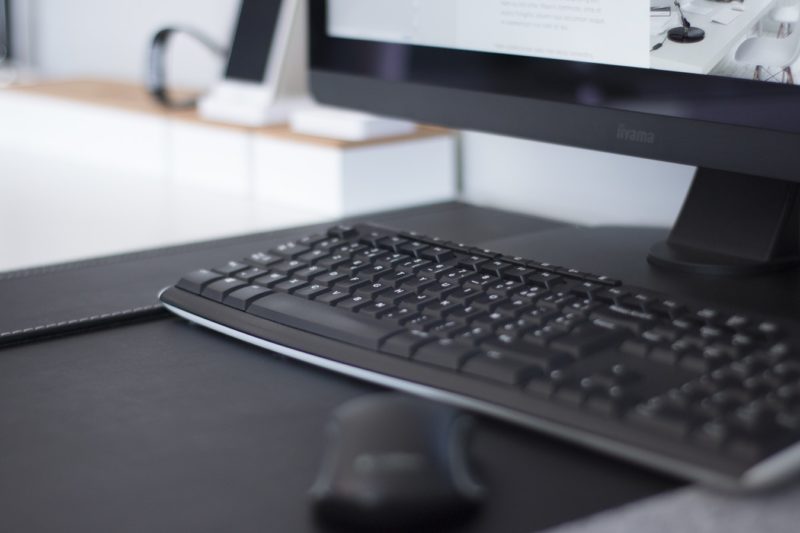
By Adriana Linares
We recently held the first of our Microsoft Office Summer School sessions; the topic was Outlook (for PC) tips and tricks. I was glad to hear that so many attendees picked up some new and useful tips that were “life-changing.” Funny, how true that can be with technology!
While there is no shortage of great email, calendar or contact apps available, to me, there is still nothing better than good old Outlook. I struggle a little with Outlook for Mac because it’s not yet reached equal parity to its big sister (Outlook for Windows), but here are three tips that work for Outlook on both Windows and Mac.
1. Open Multiple Instances of Outlook
Opening multiple instances of Outlook allows you to do things like view your inbox on one monitor and calendar and/or contacts on another as well as drag and drop items between those windows (see tip #2).
- Windows: Right-click on an icon at the bottom of your navigation pane and choose “Open in New Window” or look for the same-named button on the “view” ribbon.
- Mac: File > New > Main Window
2. Drag and Drop Emails to Convert Them to Appointments
Often, emails contain important information that would be better served on our calendars (think conference call-in details, directions, notes for a call). Try dragging an email from your inbox list directly onto the calendar icon at the bottom of the navigation pane; you’ll release the email when you see a little “+” sign over the calendar icon. Outlook will move the subject line of the email into the subject line of an appointment and put all the other content of the email into the body of the appointment. From there you can make any edits you would like and set the date and time for your appointment. And of course, you can invite others by using the “Invite” button on the Ribbon.
- Pro Tip: Outlook calls an “Appointment” one that will go on your/a single calendar. As soon as others are invited the item type in Outlook becomes a “Meeting.”
- Windows Bonus: To quickly create a contact from a sender, drag and drop an email onto the contacts icon. Outlook will parse the name and email address into a new contact card. The body of the email will go into the notes section which you can leave or edit as you like. I often leave the notes to remind me where I met the person or relevant details about them. (This tip doesn’t work on Outlook for Mac — yet!)
3. Set Appointments for Another Time Zone
When you create a new meeting or appointment, Outlook uses the default time zone in your Outlook preferences for Calendar (typically the local time of your computer). But you can specify a different time zone for an event as you are creating it. For example, you are in San Diego but your client is in New York and lets you know they are available for a call at 4 p.m. Eastern Time (ET). You can create the meeting invite for 4 p.m. ET, but fear not, on your calendar it will show for 1 p.m. PST (unless you travel and your device is set to update time zones by location, of course).
To display the time zone selector look for and click on the Time Zone button in the ribbon of an Appointment or Meeting (you must have one of these open). After you select the Time Zone button two dropdown boxes appear with a list of time zones.
Adriana Linares is the Member Technology Officer for the San Diego County Bar Association.